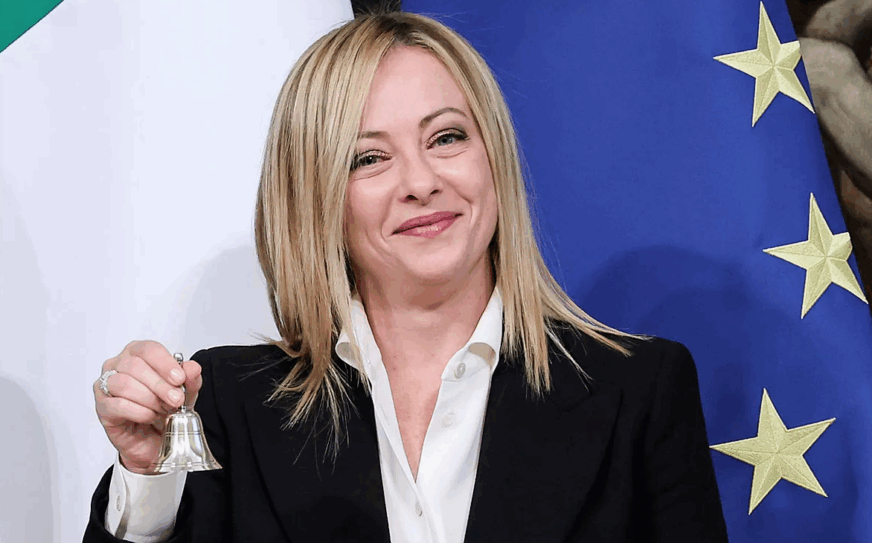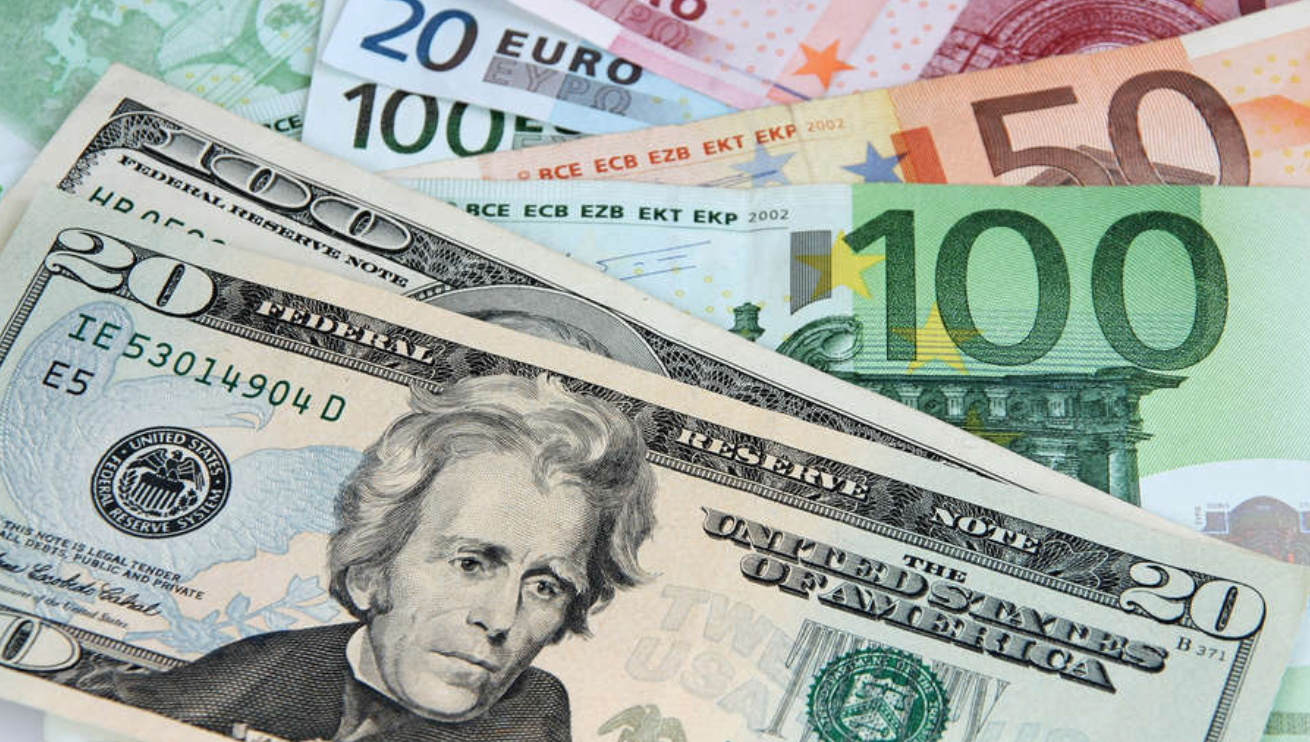Photo: Getty images
The price of gold has reached an unprecedented level of $3,500 per troy ounce, according to Reuters, CNBC and the Financial Times. The sharp jump in the value of the “safe-haven asset” was accompanied by a new round of criticism from Donald Trump against US Federal Reserve Chairman Jerome Powell, which undermined investor confidence and brought down the dollar. Even experienced analysts were surprised by the rate of growth in the gold price.
In a series of posts on his own social media platform, Truth Social, Trump called Powell “Mr. Too Late” and a “big loser”, demanding an immediate cut in the prime rate. His remarks came after Powell warned that trade barriers initiated by the Trump administration could slow the US economy and accelerate inflation.
These statements were immediately reflected in the financial markets:
- The S&P 500 index fell by 2.4%,
- Nasdaq – by 2.6%,
- The dollar lost 0.2% against key currencies, bringing the total decline since the beginning of the year to almost 10%.
Against this backdrop, the Japanese yen strengthened to 140 per dollar for the first time since September, and gold rose by 2.2% in just one day. Investors are moving en masse to so-called safe haven assets. Gold is becoming even more attractive in the face of economic instability.
Political pressure and the threat to the Fed’s independence
Trump’s criticism has caused serious concern among economists and analysts. According to RBC experts, “the growing threat to the Federal Reserve’s independence is adding to the chaos in already volatile markets.” In such circumstances, gold is a safe haven for investment.
The Fed is de jure an independent body, and its leaders, although appointed by the US President, make decisions without political interference. This principle is key to the dollar’s stability as a global reserve currency. Its violation could undermine confidence in the US economy and the US government’s ability to service the national debt, which has already reached $35 trillion. In such a situation, gold becomes even more important for capital preservation.
Context for Ukraine and Israel
For Ukraine, which has a high level of external debt and is dependent on the dollar for international financial transactions, a fall in the US currency could make debt servicing more difficult and increase market volatility. The rise in the value of gold also affects macroeconomic stability, in particular in the context of the National Bank’s reserves.
For Israel, which is a regional financial hub, the current situation can be both a challenge and an opportunity. The shekel could potentially strengthen amid a weaker dollar, and demand for Israeli government bonds could increase. However, an excessive strengthening of the national currency poses a risk to exports.
The Nixon precedent: a warning from history
Economists recall the events of the early 1970s, when Richard Nixon forced then-Fed Chairman Arthur Burns to maintain a loose monetary policy before the 1972 elections. This led to hyperinflation and two recessions in the US over the next decade. Only a radical rate hike led by Paul Volcker stopped the economic decline. Similar steps could lead to a new era of high gold prices.
Today, the situation looks worryingly similar – Trump’s attempt to influence monetary policy creates a risk of repeating historical mistakes.

















